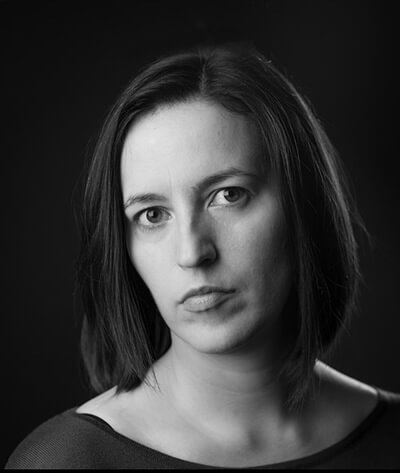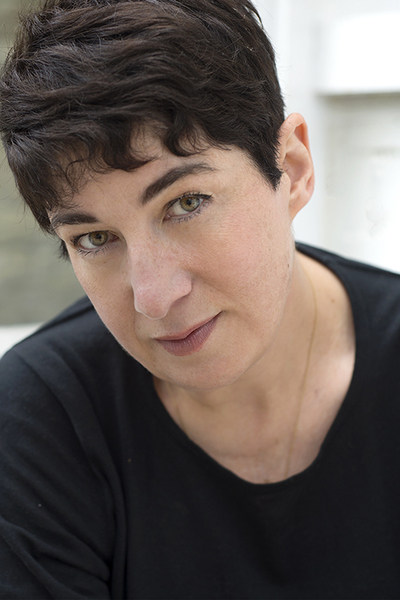I was lucky enough to attend the excellent Murder 203 conference in Connecticut recently, and one of the questions I was asked most often during the event concerned the settings of the first two David Trevellyan novels. Specifically, panel-goers were curious about how I came to base them both in U.S. cities. Specially as I—and my protagonist—actually come from the U.K.?
I thought this was an excellent question, because it touches on something which is very important to me as a fan of crime fiction—that location should be a critical part of the book as a whole, and not feel like it was sketched in afterwards as a random backdrop for the action. I’ve always felt as a reader that a well-chosen and carefully integrated location can make all the difference in the world. There are lots of ways in which the setting can be the key factor that takes a good book and transforms it into a great one. An author can build the bones of a mystery through intricate plotting, for example, and that may satisfy a reader’s mind. But to fully engage the rest of the senses, nothing can beat the sights and sounds and smells of an appropriately exotic and mysterious location. Not to mention that books are simply more enjoyable to read if the location is inherently interesting. I love traveling to new places, and often my first sense of somewhere that will become a favourite destination comes from reading a book that is set there. And I think this sense of discovery can be heightened if the area is first seen through the eyes of a stranger—like David or me—because all the tiny mundane details that merge into the background to people who are familiar with them will stand out so much more clearly.
For me, though, the most significant impact of a good location is the way it can be used to flesh out the understanding of a book’s main characters. It’s one thing to be told that a detective is a smart, adaptable woman, for example, but this can’t compete with the insight you gain from seeing how she reacts to being placed in a brutal, deprived, inner-city environment which might be a million miles from the conditions she grew up in. This is a principle I’ve tried to carry over into my writing, and—while not denying how much I love to spend time in Union Square and Lincoln Park—explains why I chose New York for David Trevellyan’s first adventure and Chicago for his second.
At the start of Even, we first catch sight of David when he discovers the body of a homeless man lying discarded in a filthy alleyway. This initial scene could have taken place in most cities in most countries of the world, but I chose my setting for a specific reason. I wanted David to be quickly drawn into an accelerating spiral of deceit and it was important not just for the plot, but for our understanding of the man himself, to see how he responded to immense extremes of glamour and decay. I also needed these to be constrained by a tightly defined geographical area, and of all the places I’d spent time in, none fitted the bill better than Manhattan.
In Die Twice, David finds himself on the tail of a rogue Royal Navy Intelligence agent. This time I decided on Chicago, because as well as its spectacular architectural gems, the city offers such a diverse range of contrasting districts. It allowed me to show David at work in smart office buildings, seedy nightclubs, prosperous neighbourhoods, and grimy backstreets—as well as stranding him in the kind of abandoned industrial complex that no-one would want to be caught in after dark. I also happen to live in the city, so I allowed myself the luxury of including some of the places I have a particular soft spot for. My very favourite building is the John Hancock Center, so that’s the first place David mentions when he arrives from the airport. I couldn’t get him up to the Signature Lounge—I love to drink there, myself—but he does at least visit the top of the Sears Tower. Though not in a way most tourists will experience . . .
Andrew Grant’s second David Trevellyan novel, Die Twice, hits shelves May 11. Grant, a native of England, now lives in Chicago, where he is at work on the third David Trevellyan thriller.





 says, her words broken up by a sharp vocal outburst, her head jerking. “Everyone was always so happy to be around me. I just don’t feel like myself anymore.” Her name is Thera Sanchez, and I first saw her on the “Today” show in January 2012, a time when she and several other female teens in Le Roy, New York—all with similar vocal tics and twitches—were appearing everywhere: the morning shows; CNN; every major newspaper and magazine. All these lovely, panicked girls begging for answers to the strange affliction that seemed to be spreading through their school like a plague. Watching them and their terrified parents, I couldn’t look away.
says, her words broken up by a sharp vocal outburst, her head jerking. “Everyone was always so happy to be around me. I just don’t feel like myself anymore.” Her name is Thera Sanchez, and I first saw her on the “Today” show in January 2012, a time when she and several other female teens in Le Roy, New York—all with similar vocal tics and twitches—were appearing everywhere: the morning shows; CNN; every major newspaper and magazine. All these lovely, panicked girls begging for answers to the strange affliction that seemed to be spreading through their school like a plague. Watching them and their terrified parents, I couldn’t look away.

























